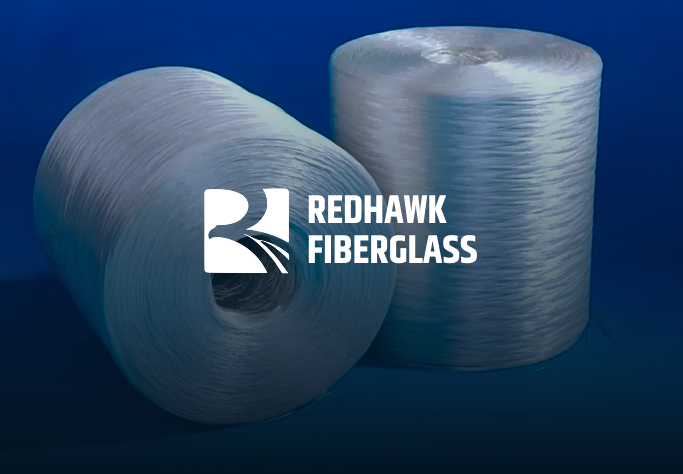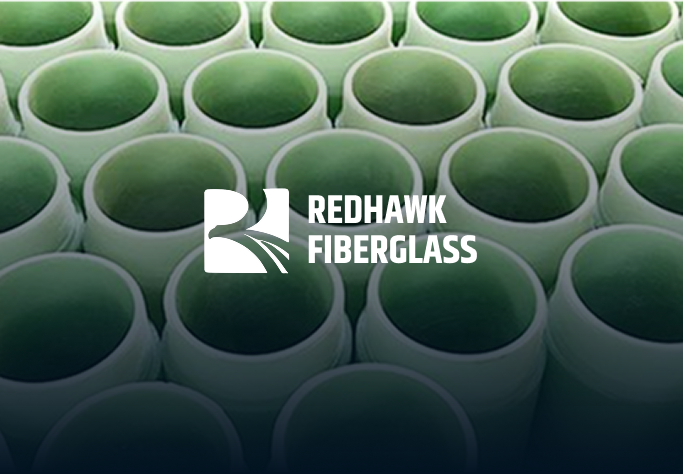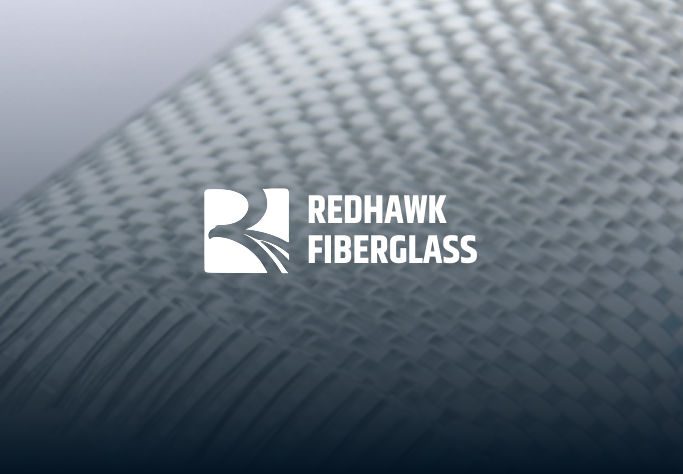How Fiberglass is Building the Renewable Energy Future



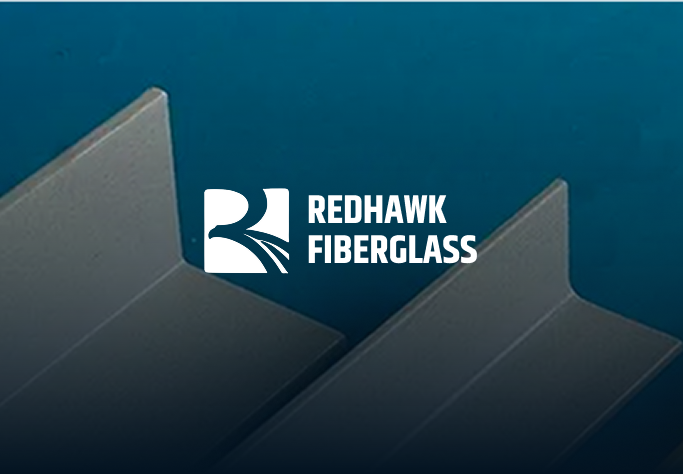
The global transition to a sustainable energy infrastructure is not just a shift in power sources; it is a fundamental change in the materials that define our grids and energy systems. While the focus is often on the visible technologies of wind turbines and solar panels, the true foundation of this revolution lies in advanced materials that enable them to operate efficiently and reliably. At the heart of this foundation is fiberglass, a composite that offers a strategic blend of strength, versatility, and durability. As a leading fiberglass manufacturer, Redhawk Fiberglass observed that a consistent high-quality fiberglass supply has become essential for these ambitious projects, which is why we're taking a closer look at the strategic advantages that have positioned this material as a cornerstone of the renewable energy sector.
The widespread adoption of fiberglass as a key material in the renewable energy sector is no coincidence. Its properties provide tangible solutions to some of the industry’s most pressing engineering and logistical challenges.
While fiberglass offers numerous benefits, its expanded use in renewable energy also presents a unique set of challenges that the industry is actively working to address.
1. The Challenge of Recyclability
The biggest obstacle in the widespread adoption of fiberglass has been its end-of-life disposal. Wind turbine blades and other large composite components have a service life of 20 to 25 years. However, due to the thermoset resin that makes them durable, they have historically been difficult and expensive to recycle. This has led to a significant amount of material ending up in landfills, a contradiction to the sustainable mission of the renewable energy sector.
The industry is now focusing on three main solutions:
2. Supply Chain Volatility and Material Cost
The global supply chain for raw materials, including fiberglass resin and other reinforcing fibers, can be volatile. Fluctuations in cost and availability can impact manufacturing timelines and final project budgets. For a fiberglass manufacturer, managing this requires a robust network of fiberglass material suppliers to ensure a consistent and reliable flow of resources. A reliable fiberglass supplier must also have the logistical infrastructure to meet the demands of large-scale renewable projects.
3. Manufacturing and Quality Control for Large-Scale Components
Producing flawless fiberglass components on an industrial scale, especially for large wind turbine blades, is a complex process. Manufacturing defects can lead to premature failure, such as delamination, cracking, or fatigue failure in the bond lines, as noted in a report by the Department of Energy. Maintaining strict quality control standards throughout the production process is paramount to ensuring the long-term reliability of these critical components. This also extends to components requiring specialized features like high temperature fiberglass gasket material.
Redhawk Fiberglass possesses a deep understanding of both the opportunities and challenges within the renewable energy sector. Its role as a trusted manufacturer of fiberglass is to provide tailored solutions that address the specific needs of its clients. The company's comprehensive product line, from raw materials to specialized components, positions it as a valuable partner in this evolving industry. Redhawk Fiberglass is not just a fiberglass distributor; it is an integral part of the innovation process, committed to delivering essential fiberglass supply.

The journey to a fully renewable grid is ongoing, and fiberglass will continue to evolve alongside it. The future of fiberglass in this sector lies in two key areas: advanced materials and new applications. Redhawk Fiberglass is actively exploring the integration of nano-materials to enhance the structural properties of its composites, as well as developing new, more easily recyclable resins to address end-of-life concerns.
Furthermore, new applications are emerging in the energy storage and grid infrastructure. Fiberglass is being considered for use in innovative battery enclosures and even as a structural component within energy storage systems themselves. This demonstrates that its role extends beyond the familiar sight of a wind turbine or solar panel. It is becoming an essential part of the entire energy ecosystem, helping to build a more flexible and resilient grid for the future.
The transition to renewable energy is one of the most significant endeavors of our time, and it is built on the strength and resilience of materials like fiberglass. From enabling the vast scale of wind turbines to providing the durability needed for solar infrastructure, fiberglass is a key enabler of this global movement. As a trusted partner and a leading manufacturer of fiberglass, Redhawk Fiberglass is committed to providing the innovative solutions that will power the next generation of clean energy.
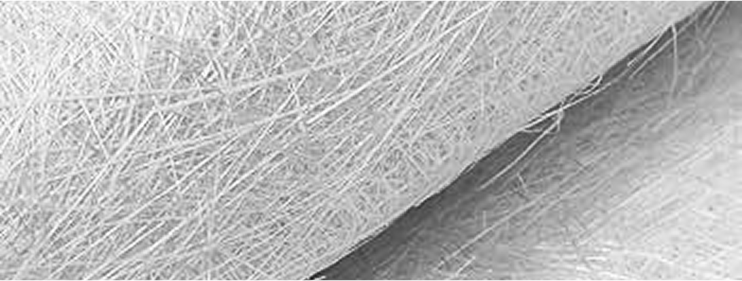
Leading fiberglass manufacturer Redhawk Fiberglass offers a 6-Point Mat (Chopped Strand Fiberglass), which features excellent flowability and high-temperature stability for diverse fiberglass composites

Premier fiberglass manufacturer Redhawk Fiberglass offers Glass Fiber Reinforced Gypsum (GRG) board, a lightweight, high-strength solution for diverse architectural and construction applications.
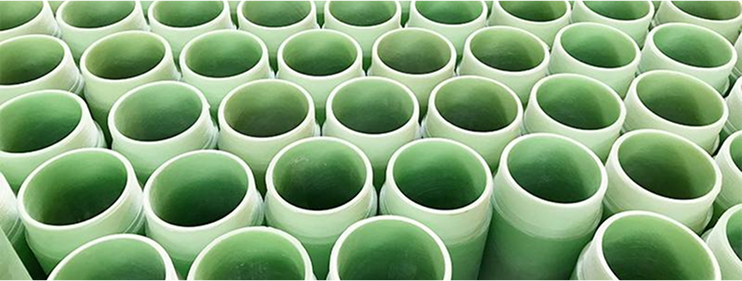
Premier fiberglass manufacturer Redhawk Fiberglass offers Filament Winding, creating precise, high-strength fiberglass composites with excellent thermal and chemical stability for demanding applications.
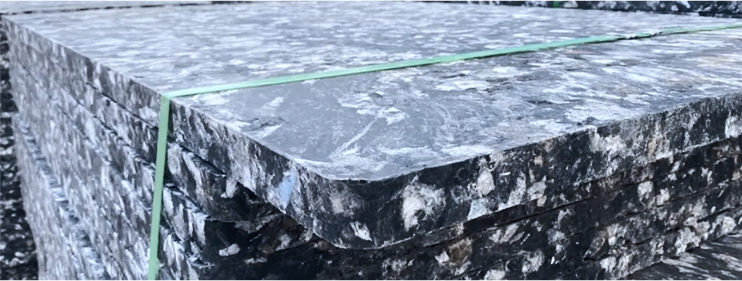
Premier fiberglass manufacturer Redhawk Fiberglass offers Engineering Thermoplastics (GFRT), a lightweight, high-performance fiberglass composite that boosts strength, heat resistance, and dimensional stability for diverse industrial uses.
